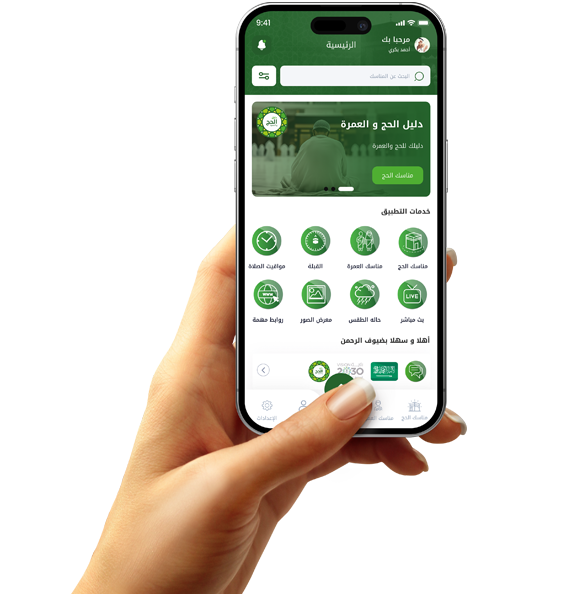How apps unify the interests of brands and customers

How do apps balance the customer-brand relationship?
Apps today represent a meeting point between what customers aspire to and what brands want. They provide a shared environment where supply and demand seamlessly meet. Customers want affordable prices and a flexible shopping experience, while brands want to increase sales and raise awareness of the product. Through apps, these interests can be reconciled through secure payment systems and fast delivery options. Apps also offer loyalty programs and discount coupons, enhancing the customer's sense of care. At the same time, they give brands the opportunity to build an ongoing relationship rather than a temporary transaction. Over time, the app becomes an indirect dialogue platform, where customers interact with products and receive recommendations, while the brand monitors the impact of their marketing decisions. This balance maintains customer satisfaction and increases brand trust, leading to a sustainable cycle of mutual benefit.

User Experience as a Tool for Intersecting Brand and Customer Interests
Apps succeed when they prioritize user experience, as this ensures a natural alignment between the brand's goals and customer desires. Users want a seamless, responsive experience, while brands want to persuade them to continue and discover more. Through simple design and relevant content, both interests are achieved. Users feel comfortable navigating the app, and brands get the opportunity to effectively showcase their products. By adding features such as instant delivery or various payment options, customer satisfaction is enhanced without compromising the brand's commercial objectives. On the contrary, they gain more by enhancing their image in the customer's mind. Here, we find that experience design is not just a technical aspect; it is a means of unifying the interests of two different parties.

Data is the application's means of unifying customer and brand interests
Data is the beating heart of any successful application. It is the tool that enables it to achieve the interests of both the customer and the brand simultaneously. Customers are looking for a personalized experience that suits their interests, and brands want to understand how their audience thinks to deliver what interests them. By tracking in-app purchasing behavior, brands can develop more accurate offers, while simultaneously providing the customer with a more relevant experience. For example, if a customer prefers certain products, the application displays them first to facilitate their decision. This saves the customer time and increases the likelihood of purchasing for the brand. Thus, the ideal equation is achieved that unifies the interests of both parties in a single, intelligent environment. Here, it becomes clear that applications are not just technical tools, but rather a strategic tool that achieves long-term mutual benefits.

Apps are an open channel for dialogue between brands and customers
Direct dialogue between brands and customers is made possible thanks to apps that open seamless communication channels. Through instant messaging or in-app comments, customers can express their needs and problems, while the brand responds quickly to provide solutions. This ongoing dialogue not only serves the customer, but also gives the brand a more human image and a closer connection to its audience. Over time, these interactions transform into mutual trust that benefits both parties. The customer receives attention and support, and the brand gains customer satisfaction and loyalty. Thus, the app becomes a dialogue tool that unites interests in a modern way based on direct interaction.















